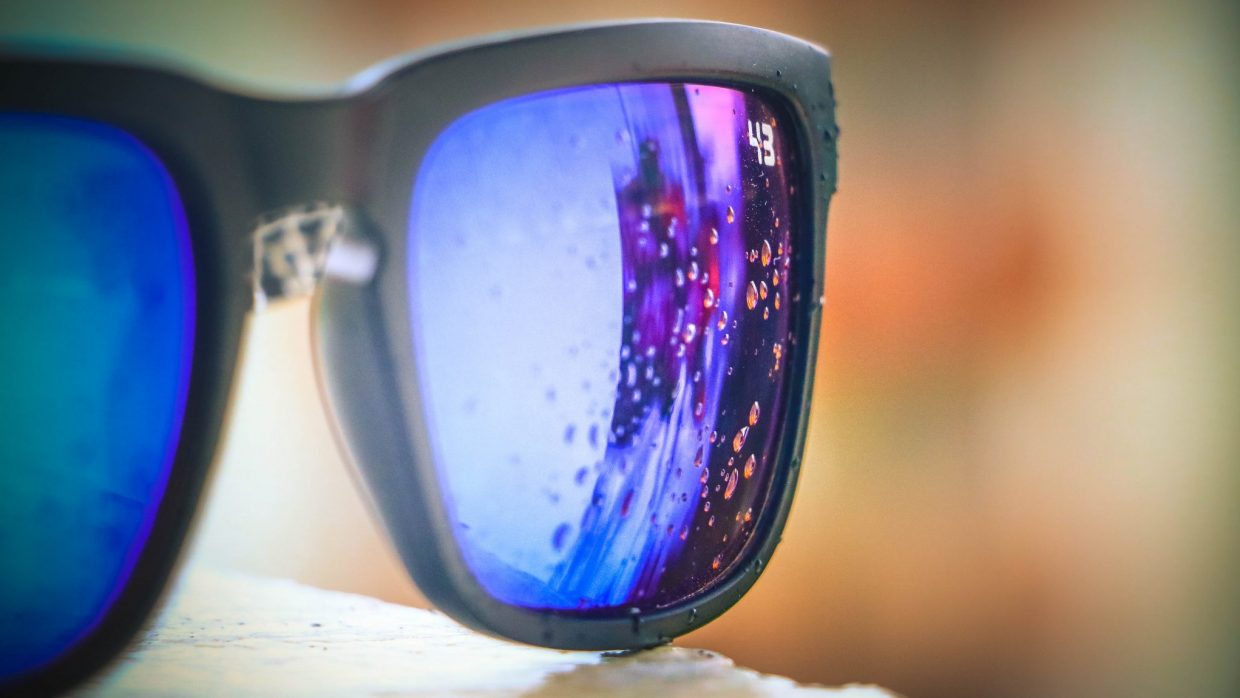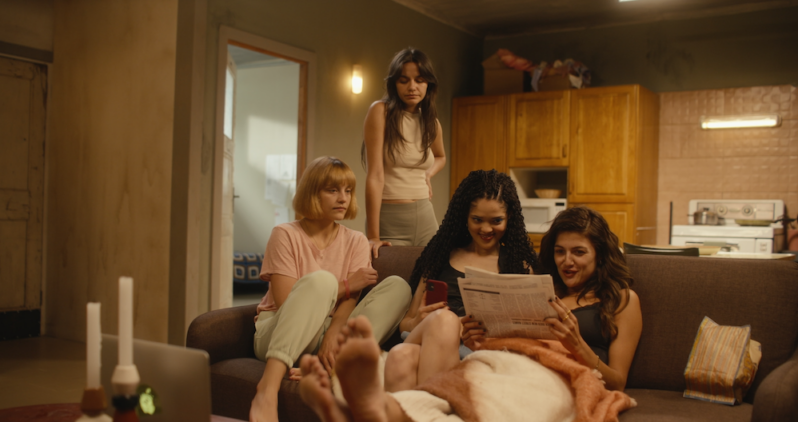
24 August 2017
Like 3D TVs, curved ones are doomed
Big-name TV manufacturers would have us believe curved screens are set to be the next big thing. Sadly, their collective optimism and investment doesn’t change the fact that they’re wrong. Like 3D TVs, curved ones are set to fail, and for similar reasons.
Despite looking more like mobile phones or tablets than they do washing machines and fridges, TVs are more like the latter than the former. They’re the sort of thing we only buy once a decade, or even less frequently if we can help it. And often we can help it. Big-brand TVs are built to last, and TV technology doesn’t change rapidly enough to encourage or justify a more rapid upgrade cycle.
That sort of longevity isn’t great for manufacturers, though. Which is why they enthusiastically lunge at any development that promises to make consumers with perfectly good TVs consider an update before they realistically need one.
New dimensions
One such innovation was 3D. In the wake of Avatar, it seemed the technology was destined to make the transition from cinema to living room, driving sales of new TV sets, players and peripherals in the process.
Except, it turned out few of us want to watch 3D content at home, and 3D tends to offer a poorer viewing experience, both in the cinema and at home. For starters, 3D TVs require you to wear naff glasses.
Passive 3D glasses – of the sort cinemas use – make for dimmer, lower-resolution images. Active glasses, meanwhile, are more cumbersome, require charging, only work with their own brand of TV, and tend to be expensive. Meanwhile, for some people, 3D video straight-up hurts, causing fatigue and eye-strain in the best cases, and nausea in the worst.
That’s a whole lot of reasons to avoid 3D TV, but there’s one more worth mentioning: it requires the viewer’s full attention. You can’t casually watch 3D content from the kitchen while you’re cooking, or from unusual viewing angles, or while doing anything else at all, really.
Easily distracted
That’s one of the key problems with curved TVs, too: they’re unforgiving when you offer them anything less than your undivided attention. To get the most out of one, you need to sit closer to it than you would a flat TV, and preferably right in the middle in the viewing sweet spot. Move too far to the edges and the viewing experience is substantially poorer than it would be on a regular TV.
Plus, like 3D TVs, curved displays tend to be more expensive than their non-curved counterparts. And that’s when the dimensions are the same. But, to really enjoy the purported benefits of a curved display, you need to go bigger than you would otherwise… which’ll cost even more.
If you like the cost and inconvenience going curved induces, you’ll love how strange a curved TV looks when you mount it on the wall. And for extra annoyance, any lamps, windows or other light sources you have in your TV room will actually appear bigger in reflections from your curved TV, because that’s how light and physics work, and the bigger your display, the greater the number of potential reflective nuisances.
Doomed by design
Yes, giant cinema displays are sometimes curved to limit light fall-off, boost contrast and colour, and provide a “more immersive” viewing experience. And curved gaming monitors are great. But the curvature of a giant cinema screen is minimal when compared to the enthusiastic curvatures offered on 55-inch or 65-inch TVs. And no matter how much popcorn your tread into the carpet, your living room isn’t a cinema. Similarly, gaming monitors are meant to be viewed by one or two people at once at most. That’s unlikely to be the case with your TV.
Curved displays in the living room will fail for the same reason 3D TVs have: they cost more, introduce unnecessary limitations, and often make for a poorer viewer experience. But beyond that, they simply don’t match the way we consume video. In the age of distraction and minimalism, a device that demands you stop everything else, and won’t even mount flush on the wall, is doomed.
Original African stories by local talent

Empini S1
Stream the Showmax Original drama series Empini from 23 May 2024.

Original Sin: My Son The Killer
Original Sin: My Son The Killer follows the murder of Andrea Venter by Gerhard Jansen van Vuuren, who then went on the run from South Africa to Brazil.
Tracking Thabo Bester
From the makers of Devilsdorp and the director of Convict Conman comes the true-crime documentary South Africa has been waiting for. Two episodes now streaming, and the remaining two episodes land on 22 March 2024 on Showmax.

The Illuminated
The Showmax Original docuseries The Illuminated explores different religious movements in South Africa. Stream now, with new episodes every Wednesday.

Koek S1
The crime comedy Koek, starring Cindy Swanepoel, now streaming on Showmax, with new episodes every Thursday.

Ekhaya Backpackers S1
Stream the Showmax Original comedy series Ekhaya Backpackers, with new episodes every Thursday.

Cheta M
Cheta M explores the love story between Adanna and Nnanna, young lovers who battle the spiritual and political forces in their way. Stream now, with new episodes Wednesday to Friday.

Youngins S1
Stream Tshedza Pictures’s first teen drama, Showmax Original Youngins, with three new episodes every week.
The Roast of Minnie Dlamini: The roast everyone's been waiting on
Empini, coming soon
More Mzansi gold

Your initiation into the cool, chaotic world of Wyfie
Feel like we’re almost at midterms but you stopped going to class after you skipped a couple of lectures? Let’s swot up on Episodes 1-24 of Showmax Original Wyfie.

Must-watch trailer for The Showmax Roast of Minnie Dlamini
See the trailer for The Showmax Roast of Minnie Dlamini, premiering on Showmax this Friday, 26 April 2024.

Nambitha Ben-Mazwi stars in Showmax Original Empini
Multi-award winner Nambitha Ben-Mazwi leads new Showmax Original Empini. The action-packed drama series premieres on Showmax 23 May 2024.

Youngins Season 1 episodes 31-33 recap: Revelations
Amo and Mahlatse become a couple, Tumelo ditches Sefako, and Khaya sees both Sefako and Principal Mthembu in a new light in episodes 31-33 of Showmax Original Youngins.
